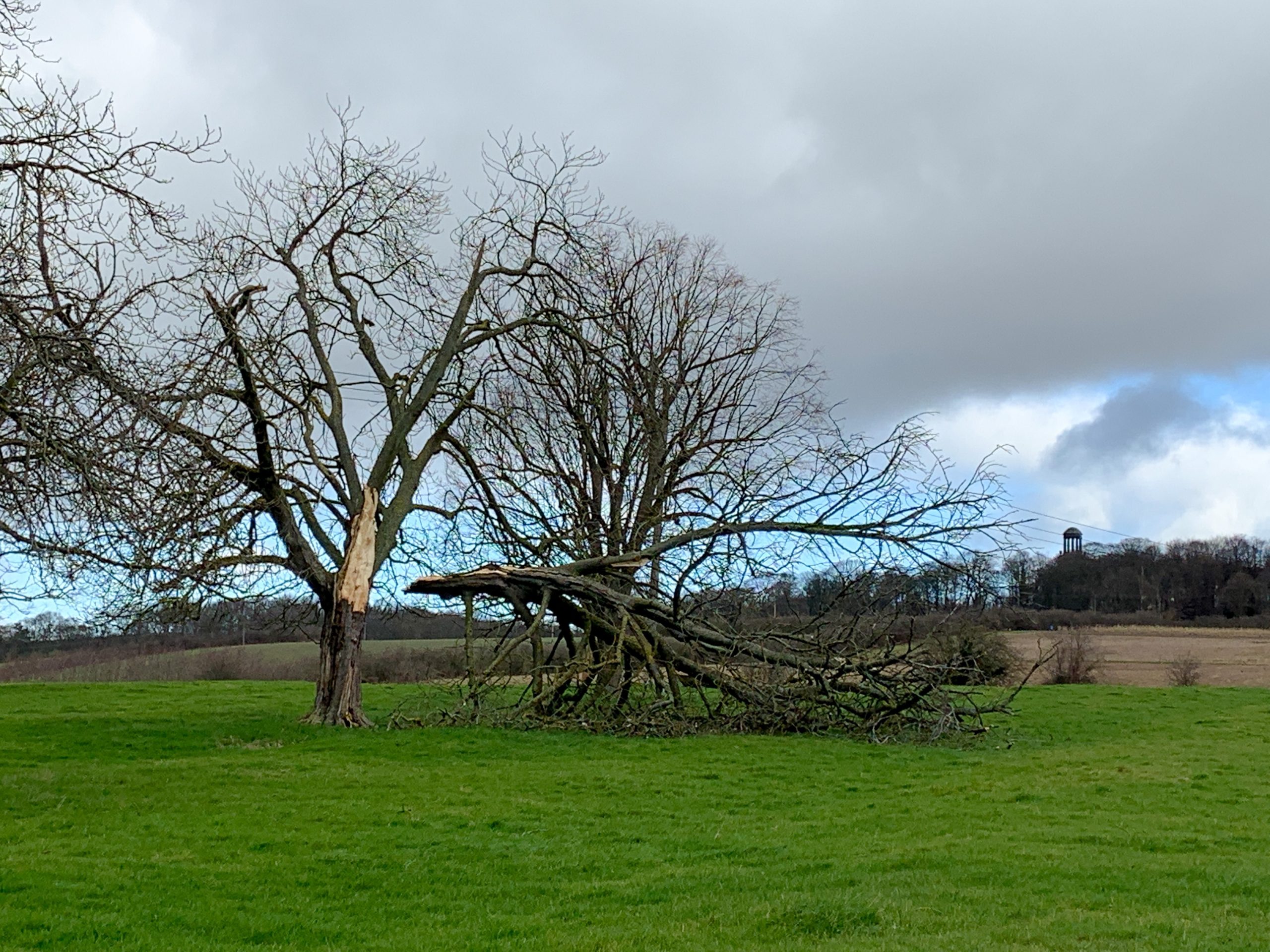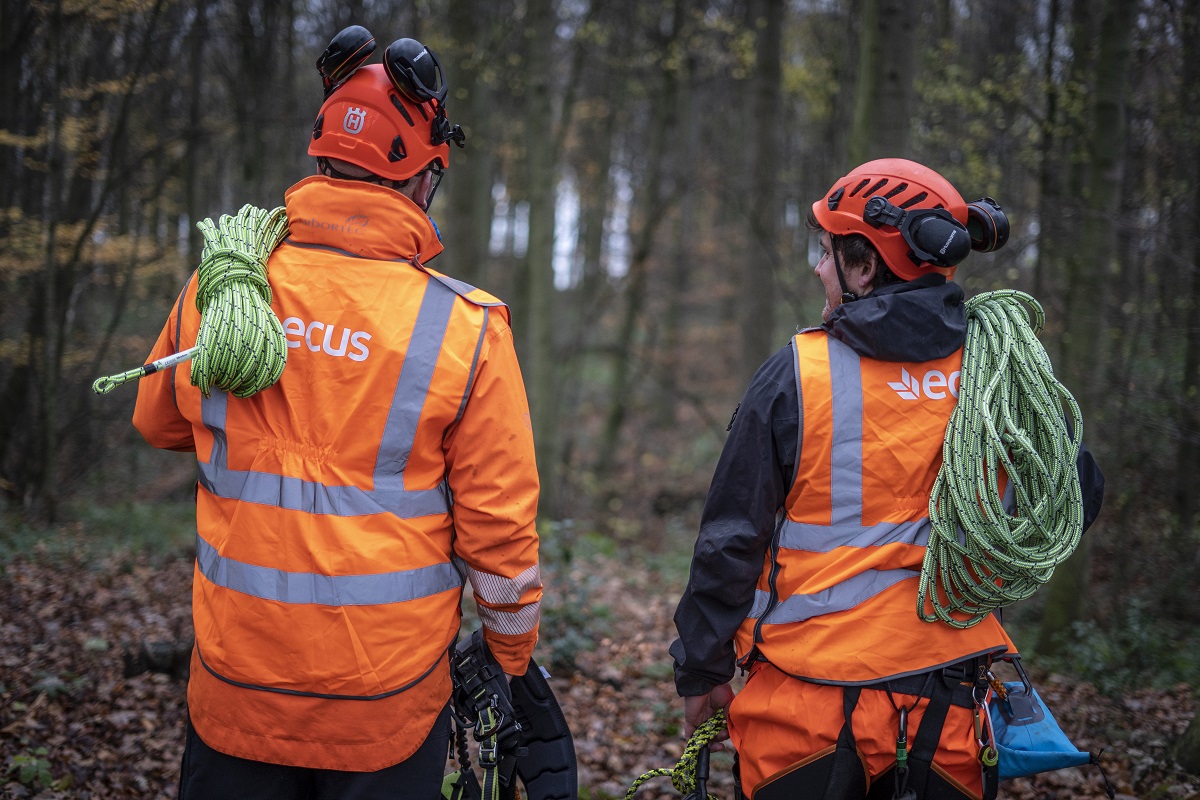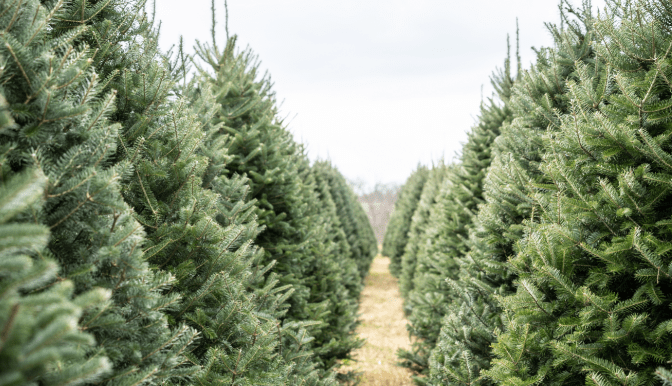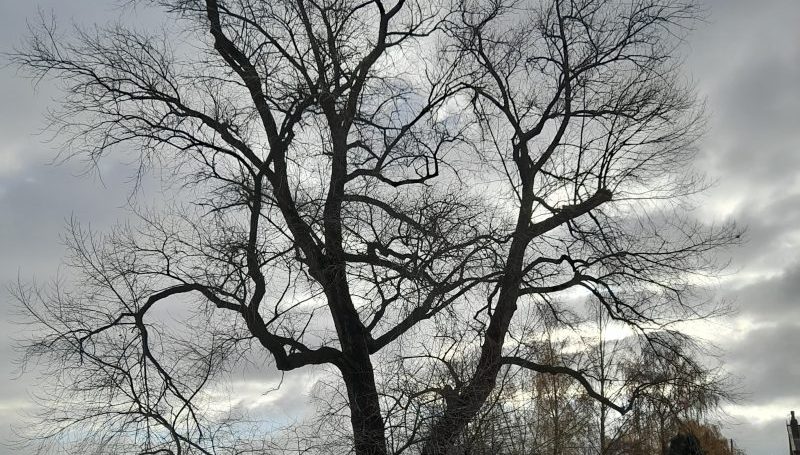When storms Dudley, Eunice and Franklin raged across the UK over the course of less than a week, we were once again reminded of the inevitable impact of climate change, which makes catastrophic weather events more likely. These storms not only cause loss of life and injury, they damage property, cause travel chaos, contribute to urban flooding, and very often bring down trees.
While these storms don’t threaten our woodland populations by bringing down huge numbers of trees, the ones that are blown over can often cause severe damage and even death. They can damage buildings and vehicles locally, but on a larger scale, they often disrupt power supplies, transport links and even water supplies. While it’s not feasible to clear all trees from public spaces and near power and water supplies and transport links, it is possible to plan and manage tree populations to try to avoid or minimise any damage when storms actually hit.

The main factors that contribute to trees being damaged in storms are age and disease. Dead trees are much more likely to blow over as they are extremely brittle, while older and diseased trees will often be more vulnerable because their structural integrity is compromised. If you have trees on your land, it is your legal responsibility to maintain your tree stock and manage them so that they don’t pose a risk during bad weather. For larger trees, this could mean minimising the sail of the tree by reducing the canopy size. Tree owners also need to manage any dead limbs by having them professionally removed and ensuring trees near open spaces, public areas and footpaths are as safe as possible. If you are at the tree planting stage of a new development, you can also plan to mitigate against storm damage by planting in areas that are naturally protected from wind.
Trees are susceptible to many diseases, which can weaken them and pose a threat, which can only be identified by a qualified arboricultural professional. This means that the only way to ensure safety and reduce the risk of falling trees is professional monitoring and surveying. Our Arboricultural Team provide all the services you need to manage your tree population and they use the latest risk management strategies and methodologies to advise on the best way to ensure safe, healthy, and happy trees.

It is worth a reminder that the most recent arboricultural advice for fallen branches and trees is to leave them where they fall, unless they are causing an obstruction. Fallen wood boosts biodiversity by attracting wildlife, insects, and fungi, and the canopy space created encourages germination of new plants on the ground.
One final point – if you have lost any trees to Dudley, Eunice and Franklin, we would always encourage replanting. In order to tackle climate change we need to enhance our green spaces as much as possible – even if this is just your back garden. Encourage biodiversity by planting fruit trees to help our bee population, and trees such as oaks, which grow to have natural nooks and crannies for bats and other wildlife to live in.




